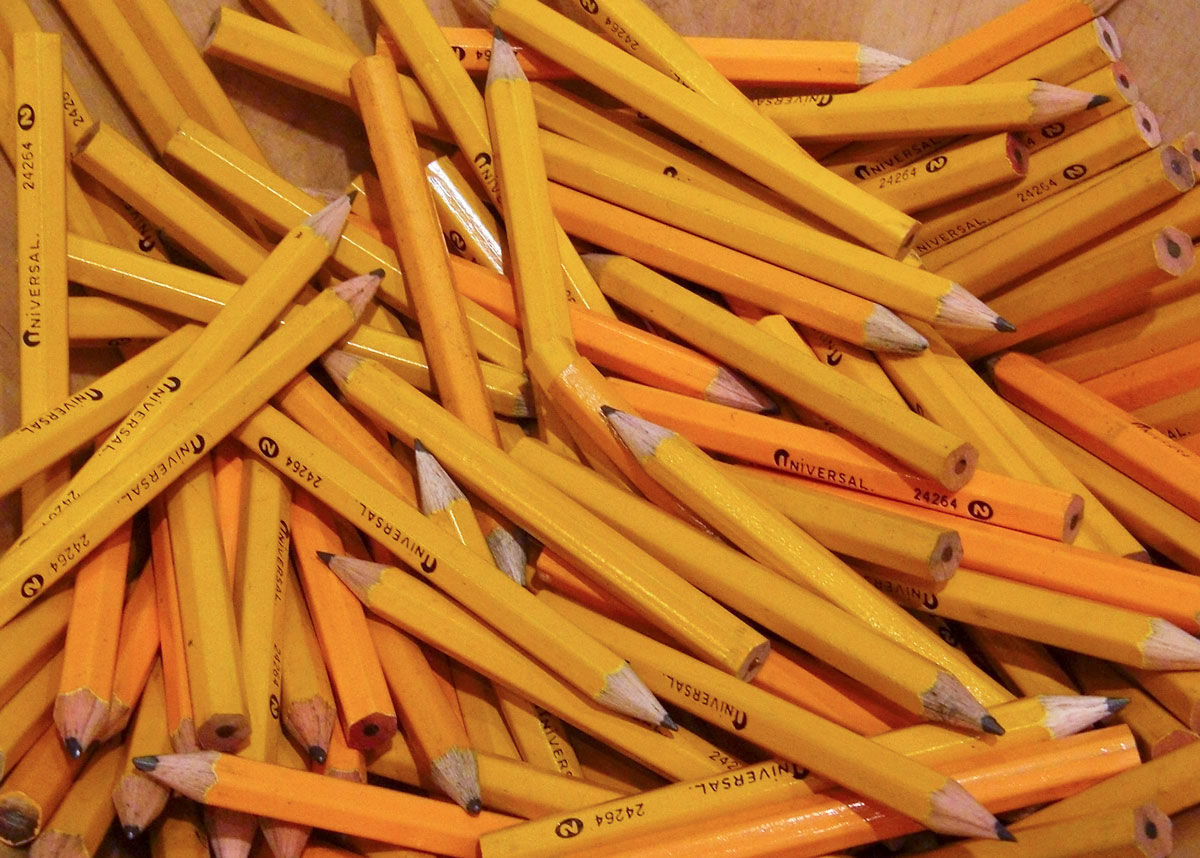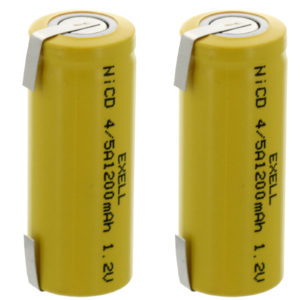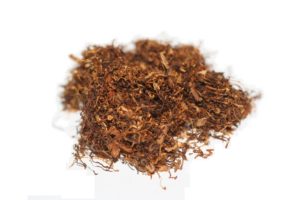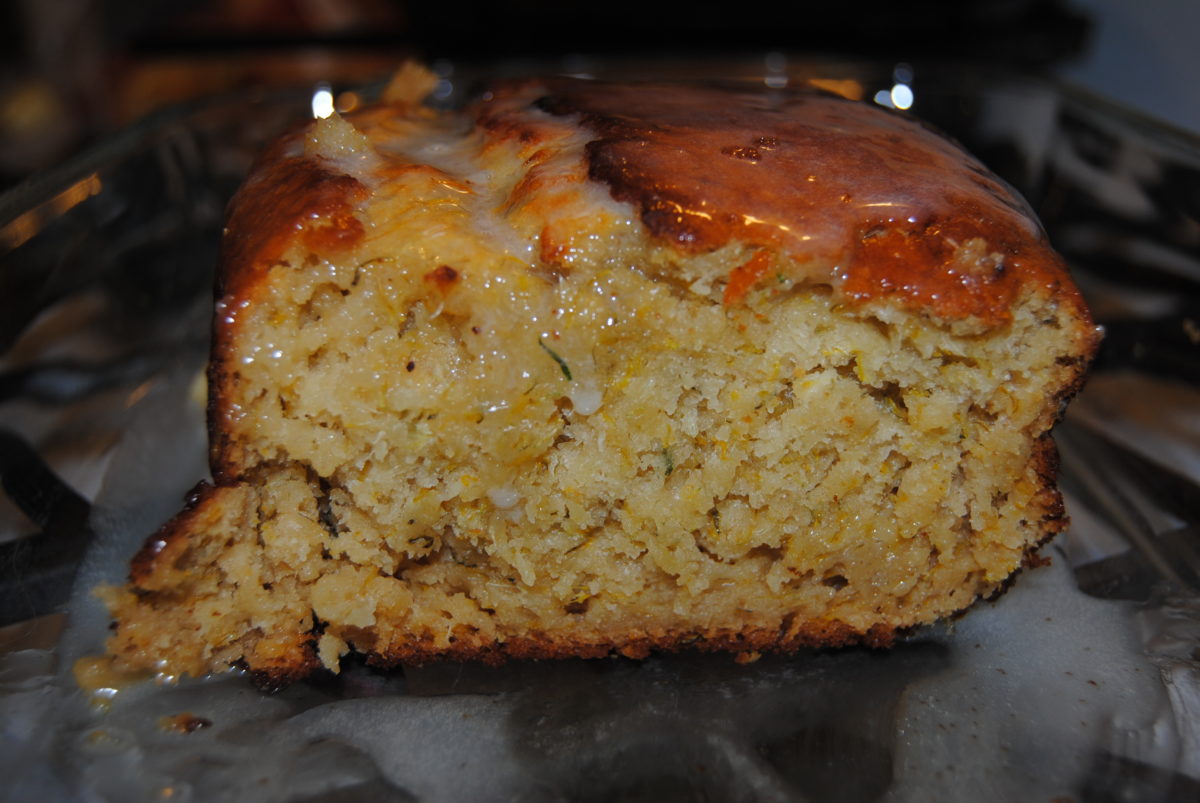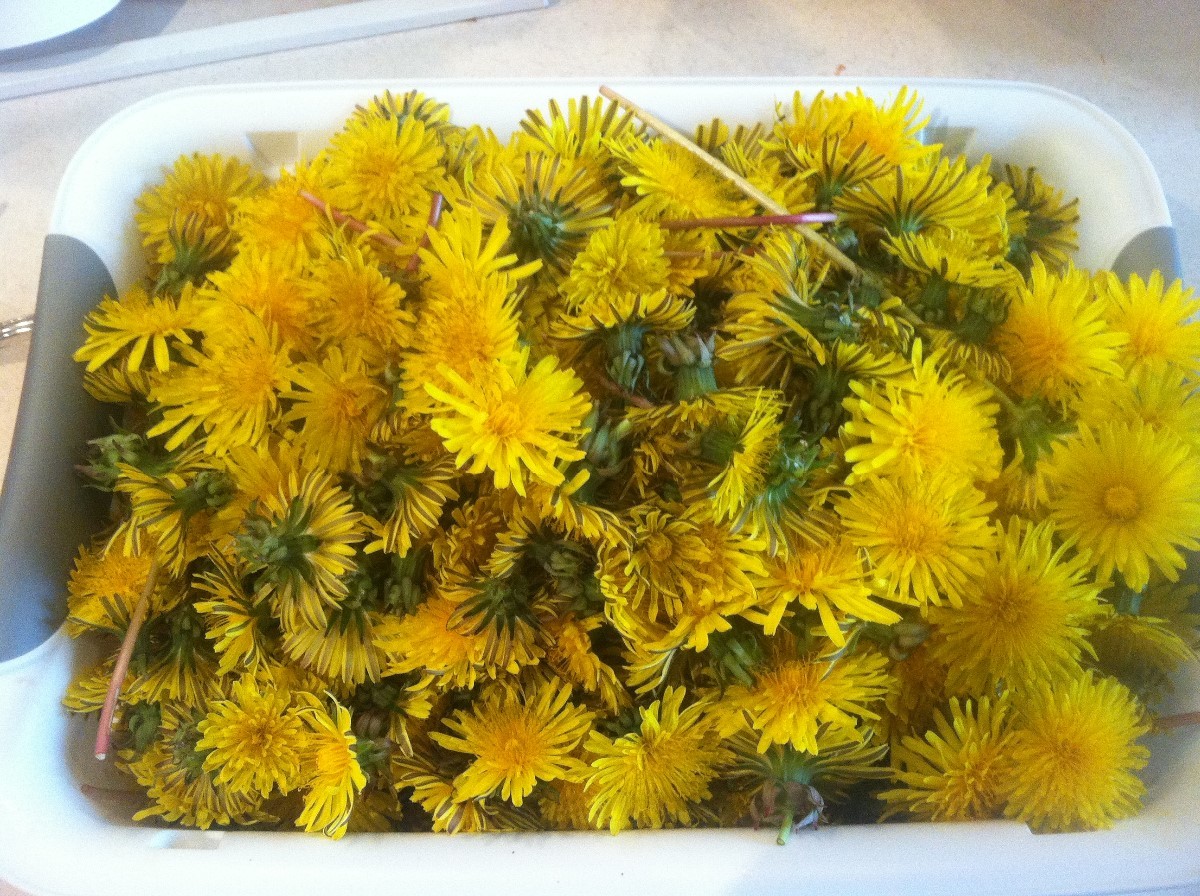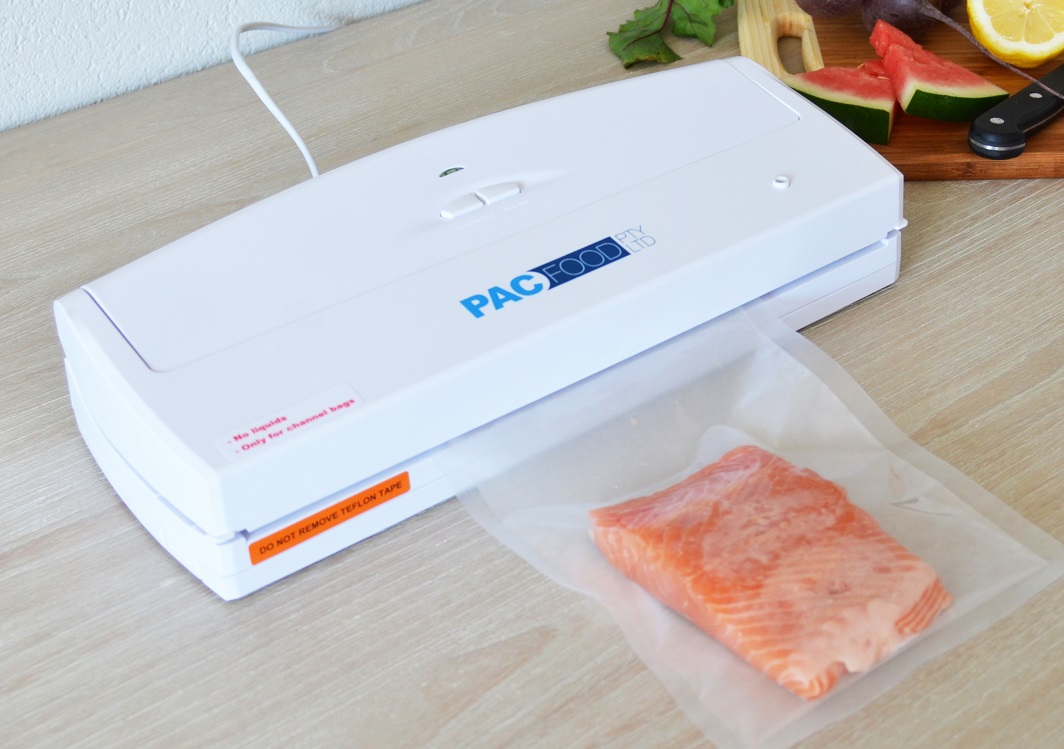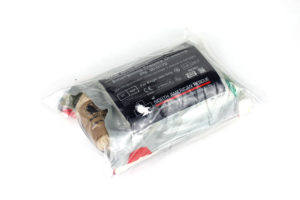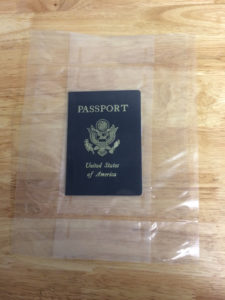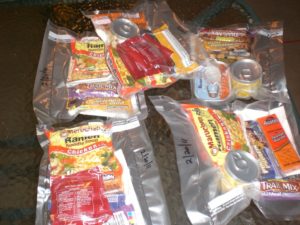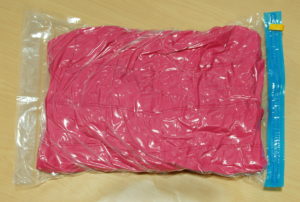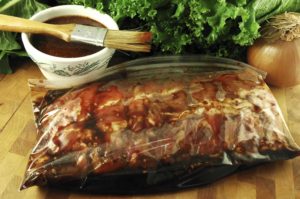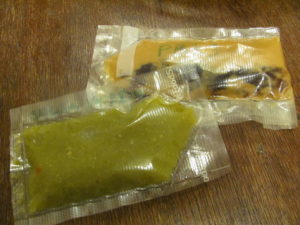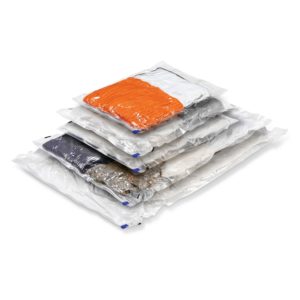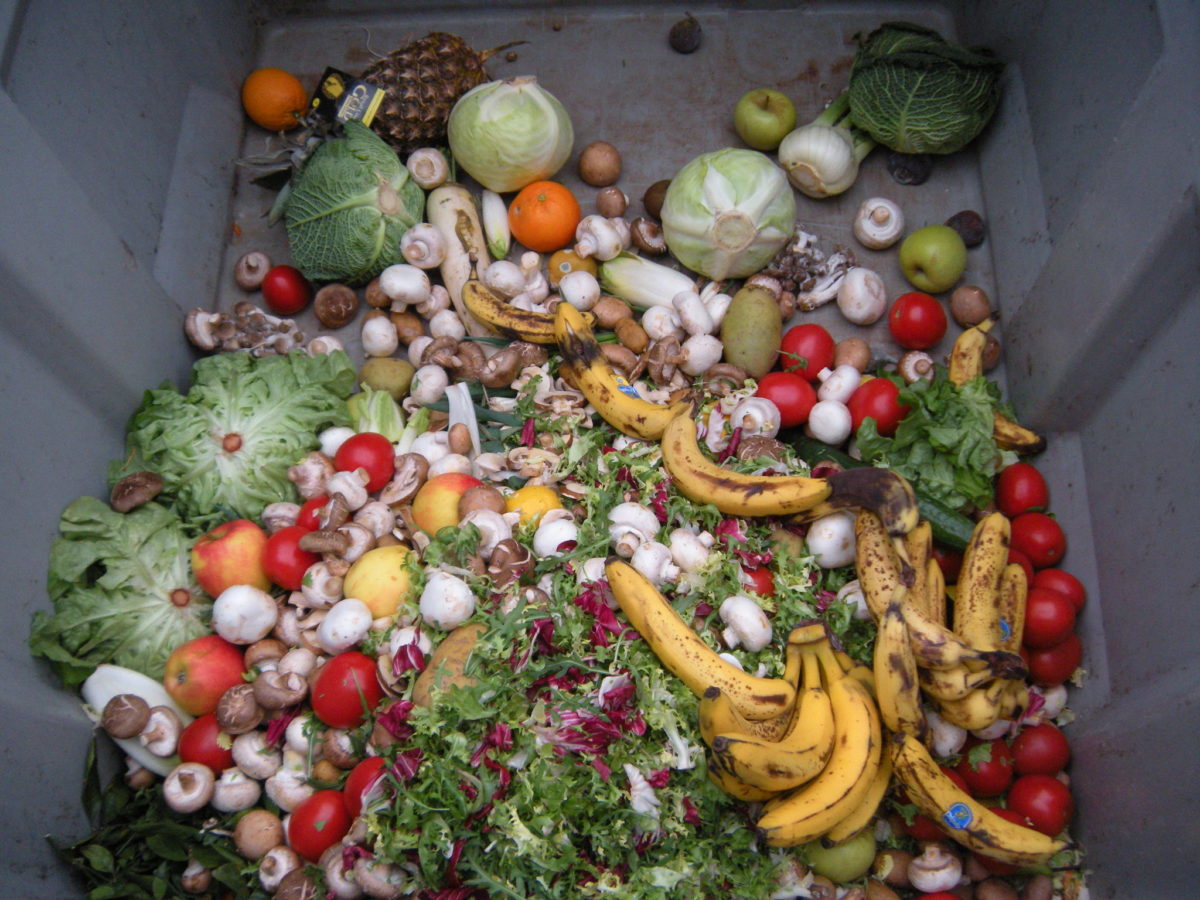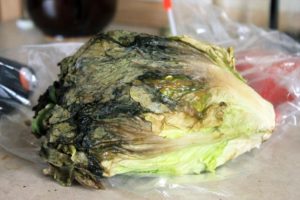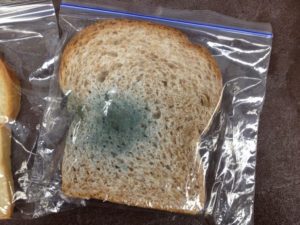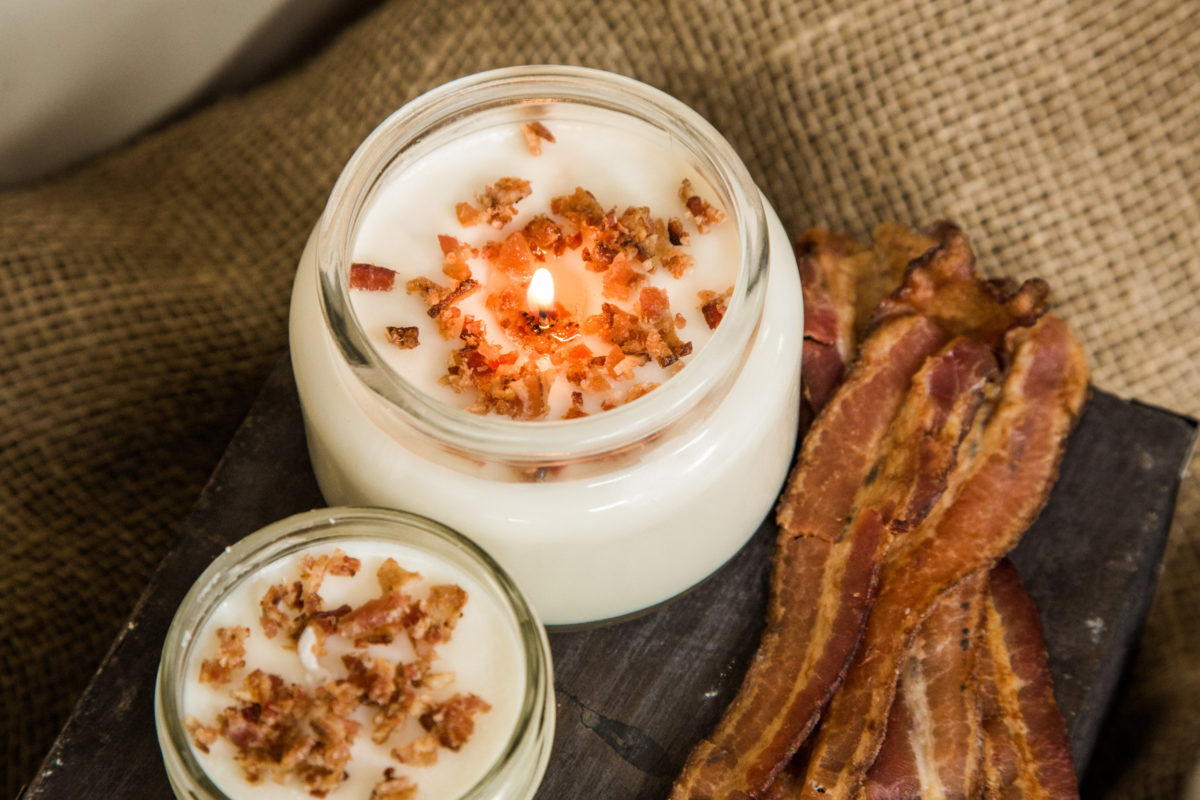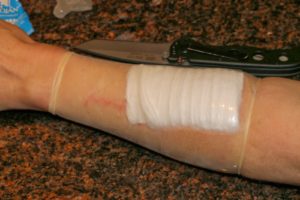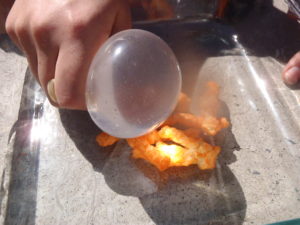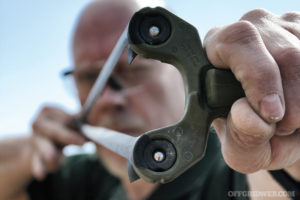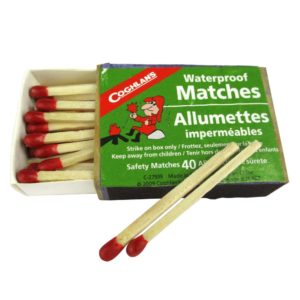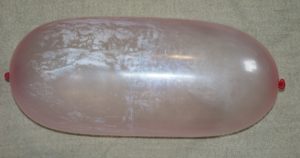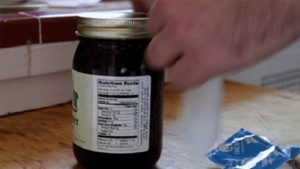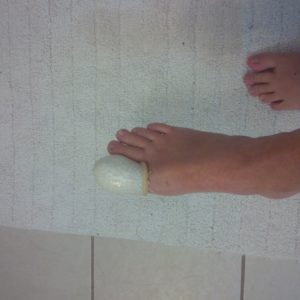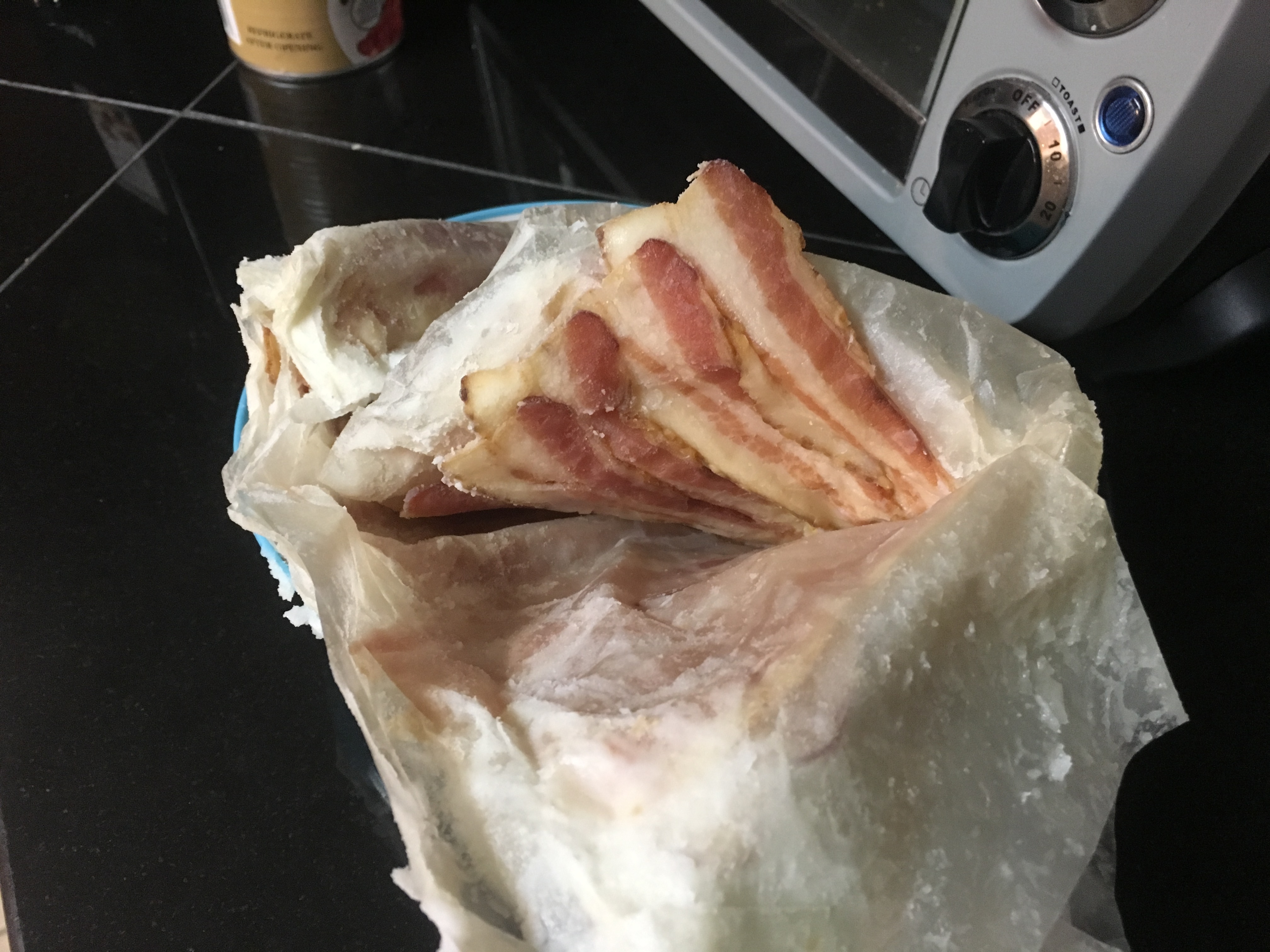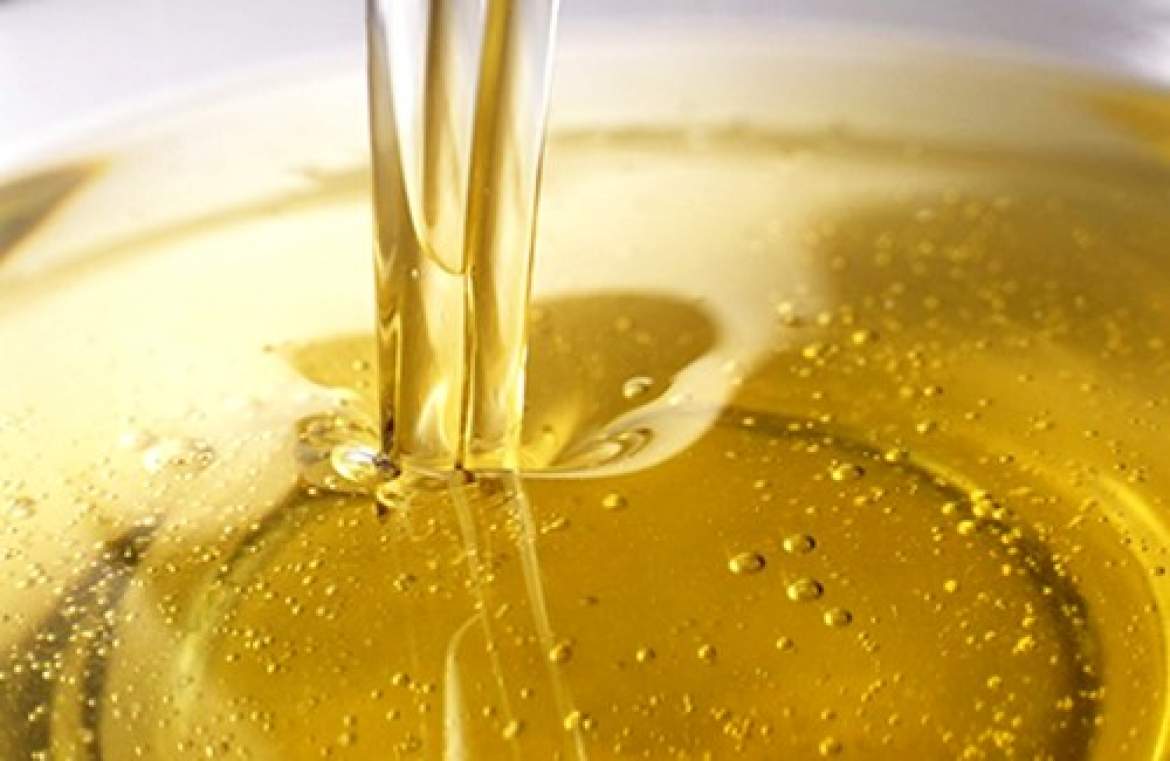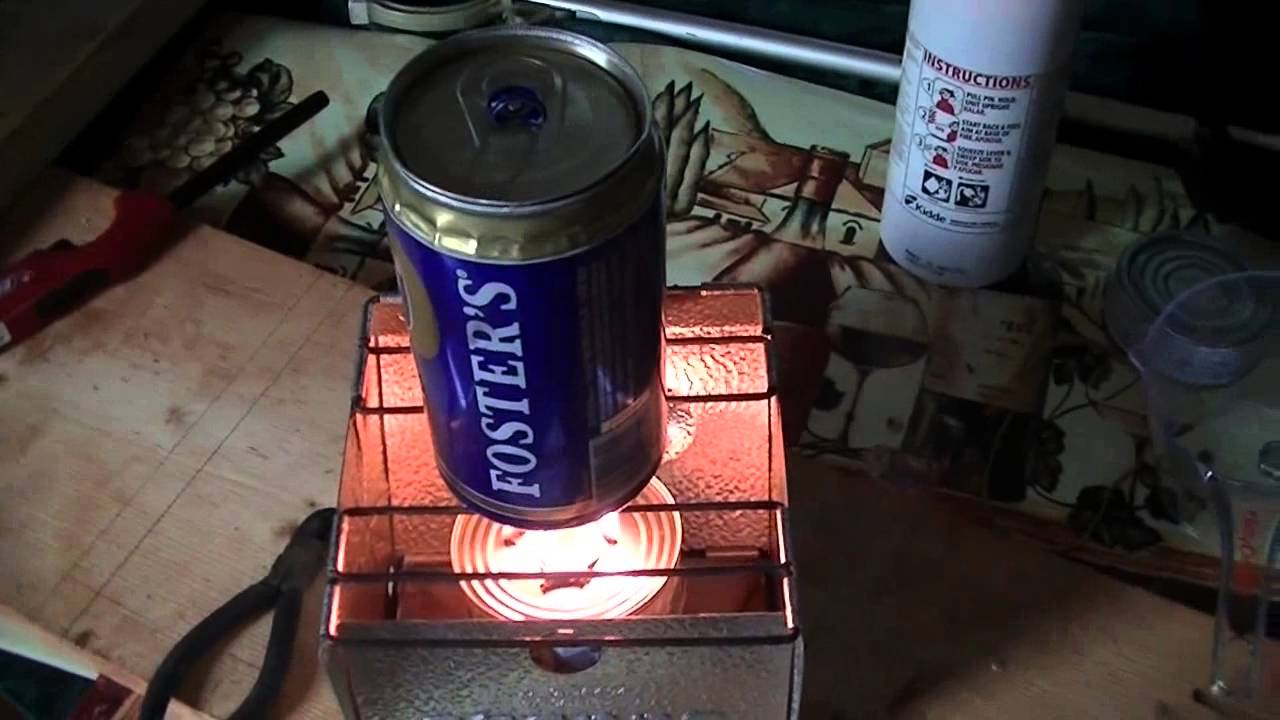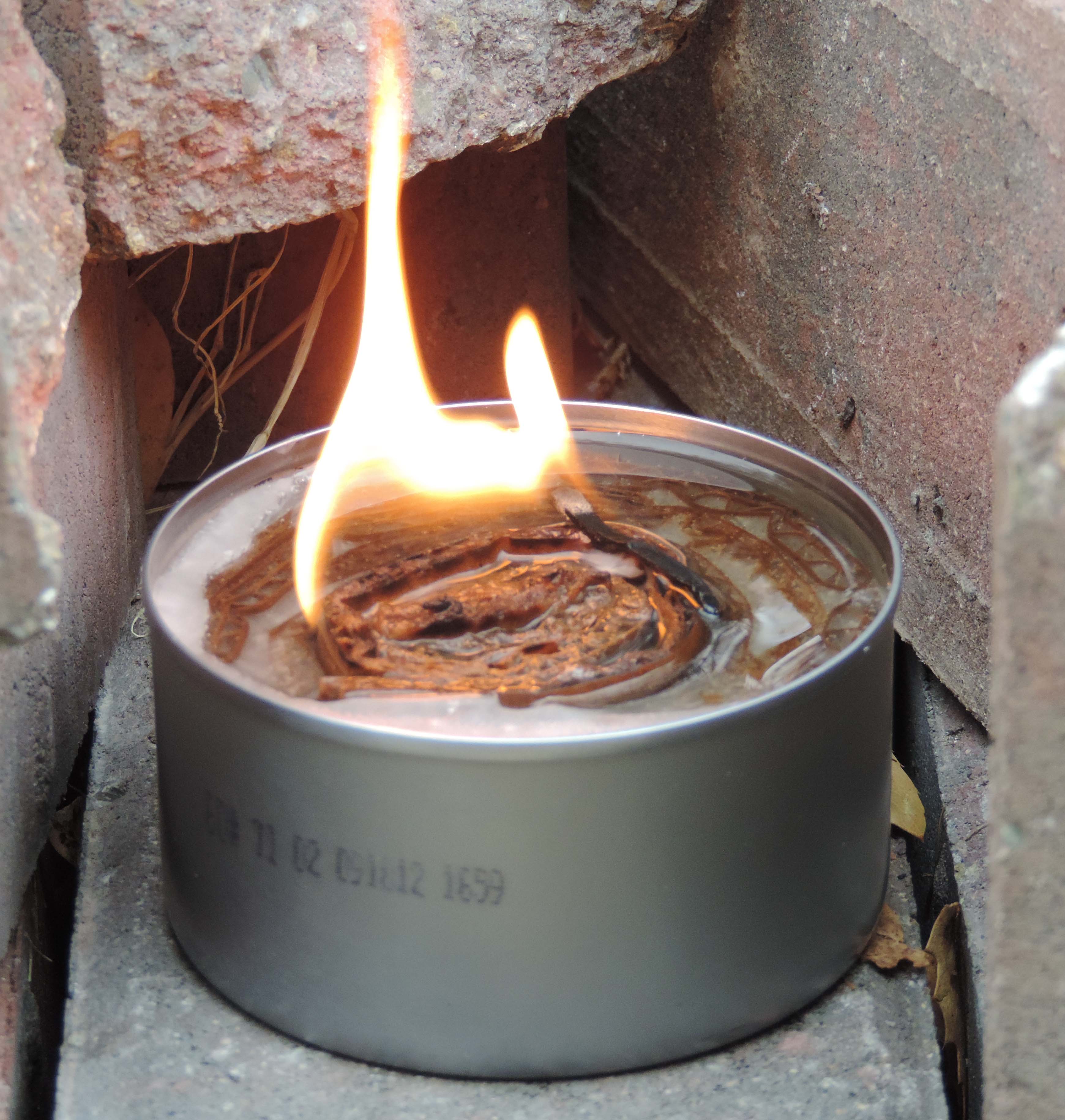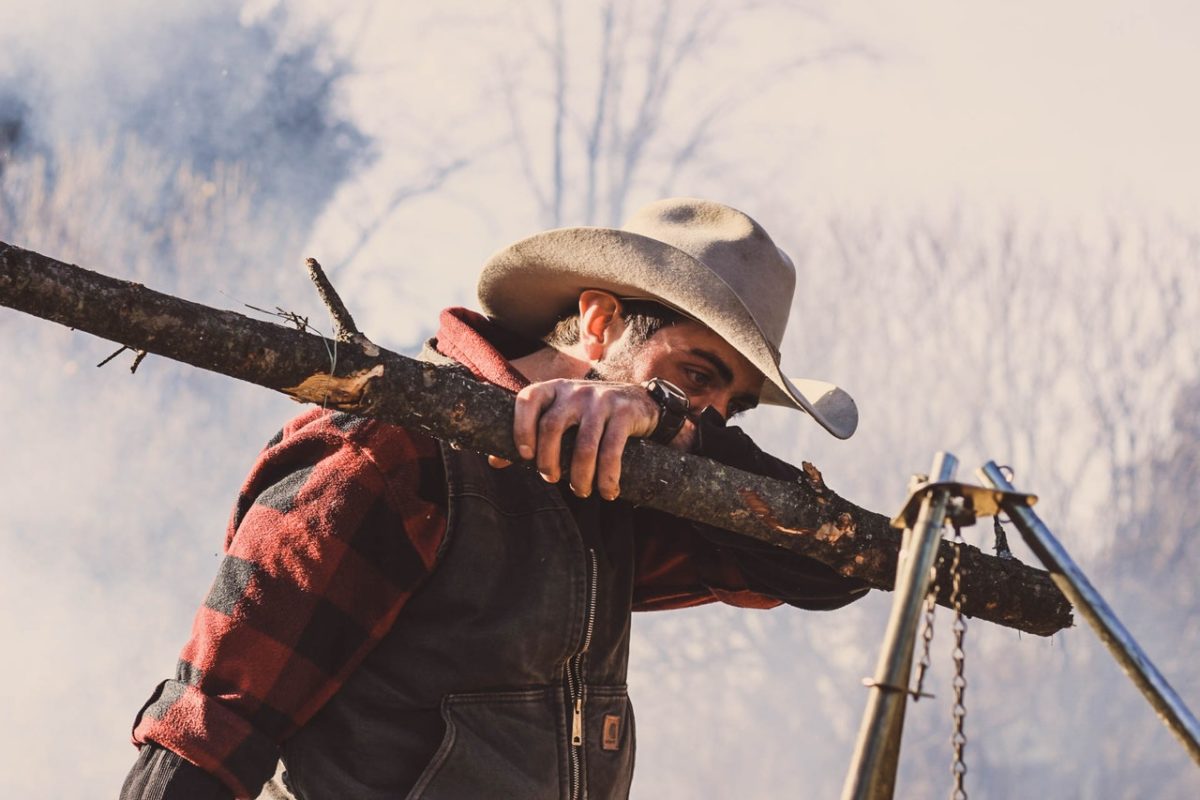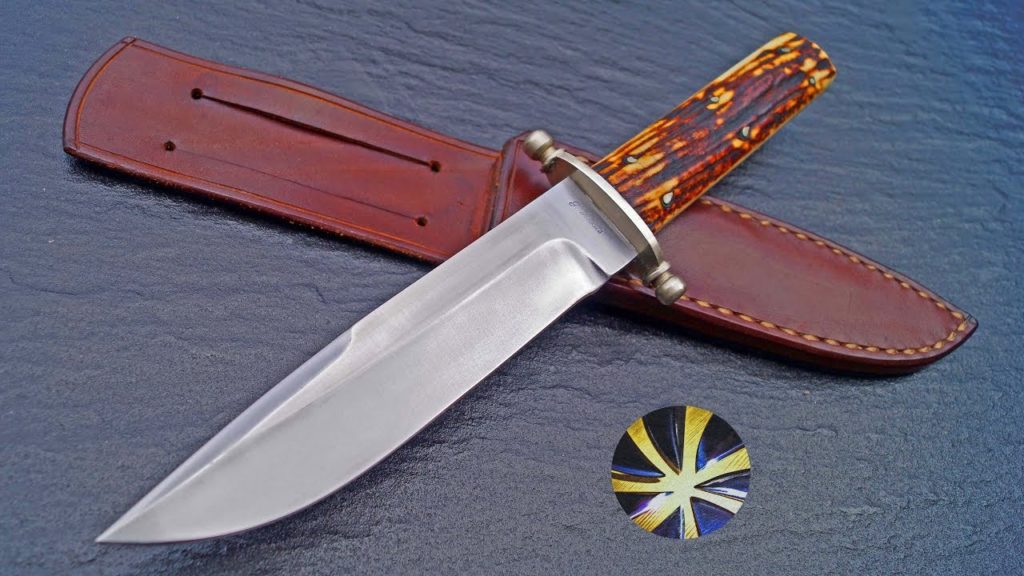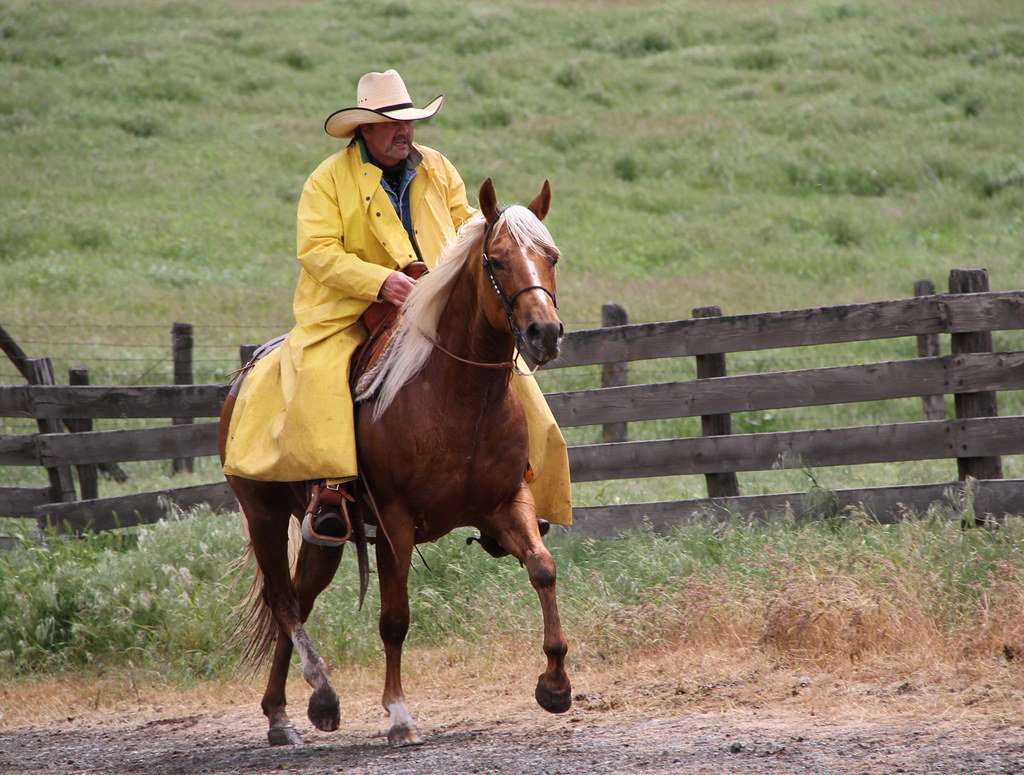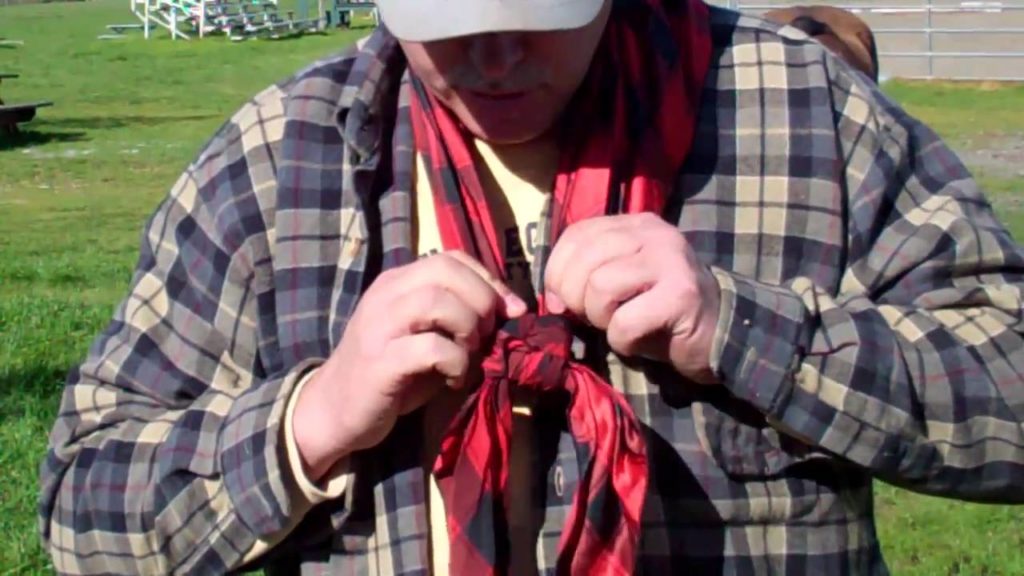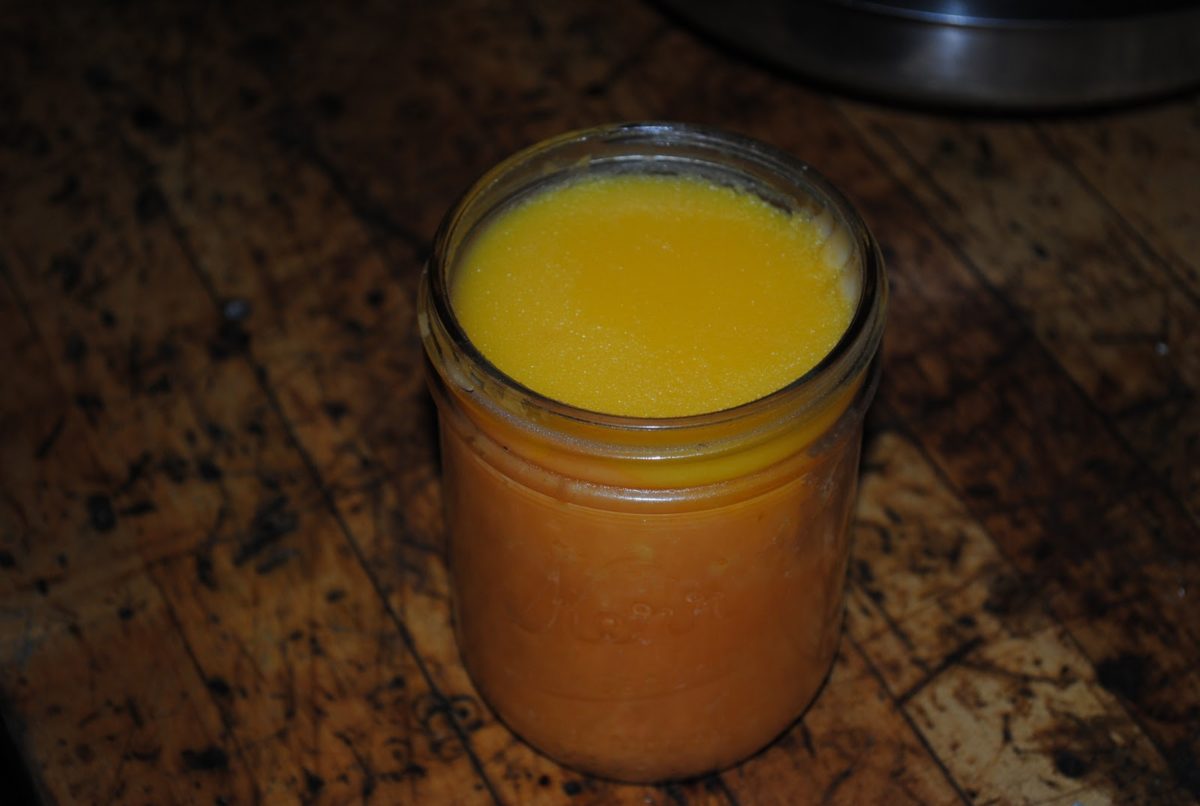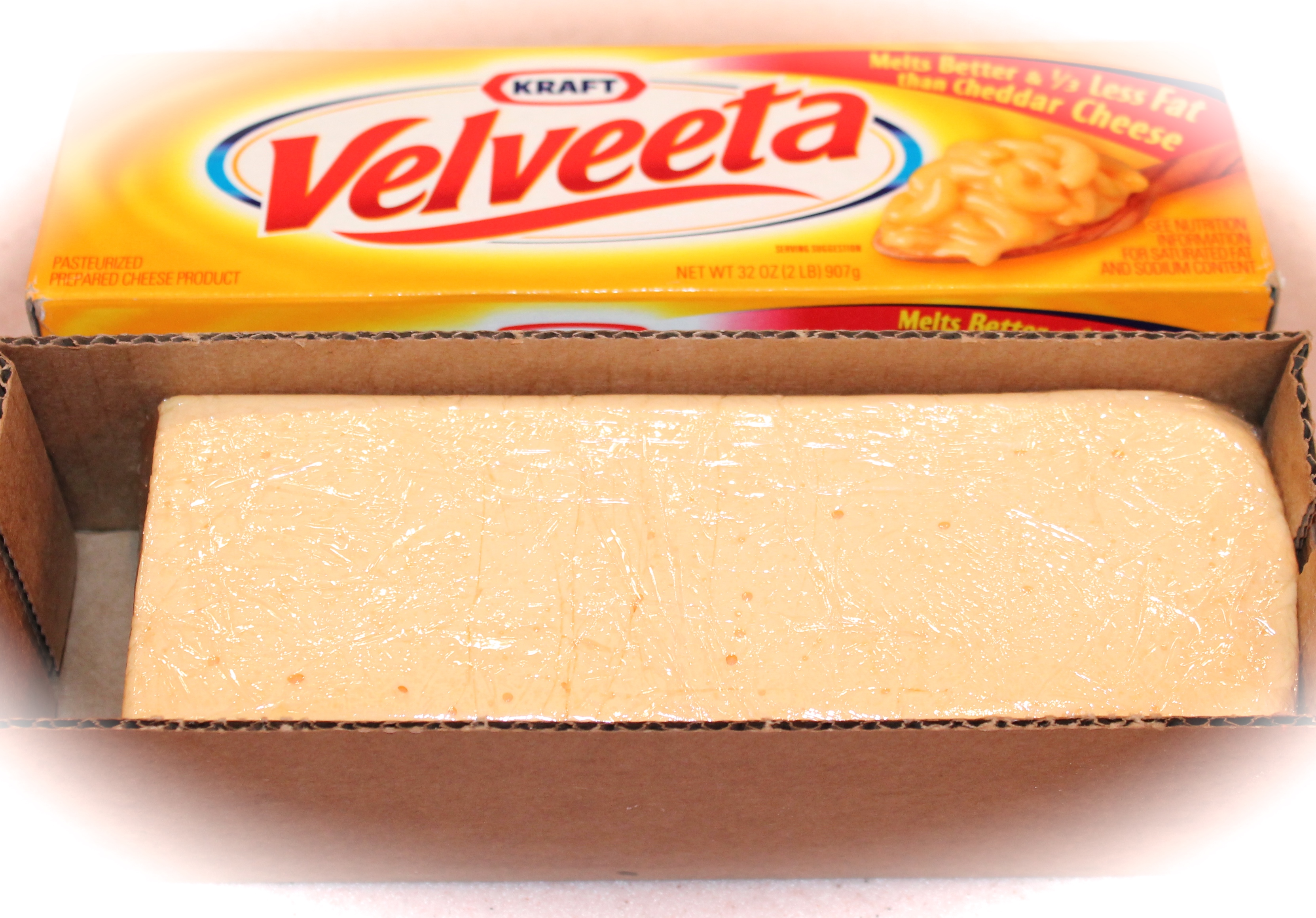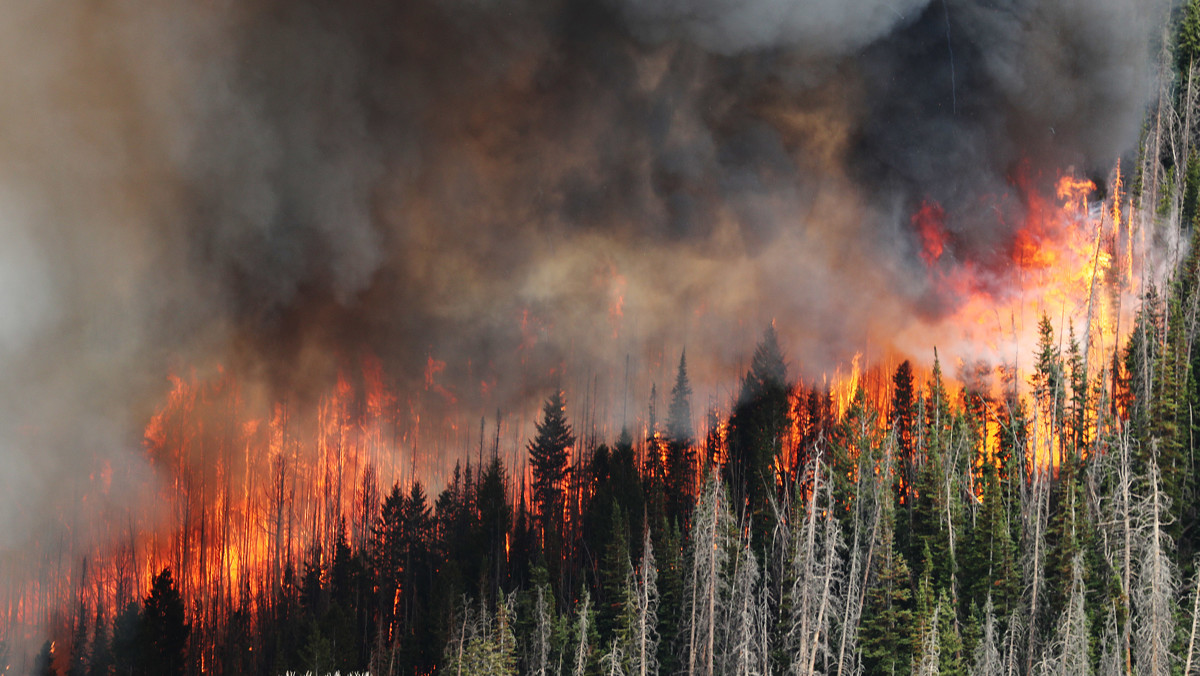13 Fiendishly Clever Survival Uses of Pencil
The pen may be mightier than the sword, but nothing beats the common pencil when it comes to shit hits the fan situations. Have you ever stopped to think for a second what would life be without that curious thing? Yes, I know that most of you have little need for pencils since there are computers and laptops and printers.
But what happens if there are no more PCs around? Do we stop writing? Nope. Anyway, I’m not here to wax philosophy. Today, I want to talk about some clever, dare I say witty ways to use pencils in a survival-type ballgame. So, without further ado, here’s what that the common pencil can do for you when your ass is on the line. Enjoy!
Fire-starter
This one’s a doozy – since pencils are made out of wood or, at least stuff that has the same properties as wood, it’s obvious that they can be used to start a fire in case of an emergency. I would advise salvaging the lead and use the pencil’s body. You can use that stuff to create a portable water filtration system. You can also add a couple of pencil splints to your tinder box – mine contains a piece of char cloth, a wad of steel wool, pencil splints, and a dash of sawdust.
Reveal hidden messages
Can’t really make out the writing on a surface? Use a pencil. Put a piece of paper on top and use the flat edge of your pencil to make a rubbing. FYI, that’s how I figured out that my son was doodling in school instead of taking actual notes.
Make those cloth moths skedaddle
Finding too many moths in your wardrobe? No problem. There’s a quick and cheap way to get rid of them. Use a pencil sharpener on at least three pencils. Grab a small satchel and place the shavings inside. Since most of them are made out of cedar wood, moths will not even dare to get close.
Getting a zipper unstuck
If you have zipper issues, use the gum on the other end of the pencil to get it, well unstuck. Just rub a bit of that stuff over the zipper’s teeth and give it a few tries. Works like a charm every time.
Magically open any lock or padlock
In a survival-type situation, there’s not much time for playing nice with a key that simply refuses to go inside the lock. You have two options: either use your 6-in-1 survival tool to break that lock or use a pencil. Here’s what you will need to do. Using your survival knife, shave a tiny amount of graphite over the keyhole. Now get that key inside and give it a twist.
Plugging holes
There’s nothing worse than spending minutes at an end trying to get a screw to fit inside a hole that’s just too big. A quick workaround would be to plug it using graphite shavings. You can also rip out a small piece of the gum and use in on the hole.
Replace cutlery
If you forgot to pack a fork, you could always replace it with two pencils. Yup, it’s just like eating Chinese food with chopsticks.
First-aid
If you need to improvise a small splint for a toe or a finger, use a small pencil or cut one to shape. I’ve heard that there’s a guy up in Nebraska that uses graphite on minor wounds. Don’t know if pencil leads have this kind of properties, but you’re welcome to try if you’ve got nothing else on hand.
Water filtration
Since I’ve already said something about using pencil lead to create a rudimentary water-filtration system, it’s only fair that I show you how to do it. Grab a plastic water bottle, sand, pebbles, two pieces of cloth, and as many pencils as you can find. Using your survival knife, get the graphite out of each pencil and ground it into a fine powder.
Now, cut the bottom part of the plastic bottle and add a thin layer of pebbles. Next, add some sand, followed by the graphite shaving, and a piece of cloth. To finish off your water filtration system, add one more layer of pebbles, sand, graphite shavings, a piece of cloth, and some pebbles. Make a small hole in the cap and hang the bottle from a branch. Get a canteen underneath and pour the dirty water in the upper part. That’s it!
Extend the life of rechargeable batteries
After a quick trip to the hardware store, I found it useful to add another gadget to my bug out bag: a portable battery charging station and a couple of rechargeable batteries. They’re very useful, especially if you have gadgets that eat through batteries like there’s no tomorrow. Anyway, if you want to extend the life of your rechargeable cells, rub the terminals with some pencil gum.
Get a pair of muddy boots squeaky clean
It doesn’t matter how thing shitty gets – clean clothes and boots are one of those small things that keep us going. If you’ve been traipsing through the mud, you can easily remove the dried-out mud from your boots using the tip of a pencil.
Keeping your fishing supplies and sewing kit organized
If you find it hard to keep your fishing hooks, safety pins, and needles organized, try using a pencil’s gum. You literally have to stick them in the gum, and that’s the end of the story. If you have a paracord grenade or other mini version of the B.O.B, you can use pencils to keep your cordage neat and organized.
Tweak your landline
In 9 out of 10 cases, the reception’s bad because there’s too much gunk on the phone cradle. To clean those metallic bits and improve reception, use the pencil’s gum. Are all done with the cleaning? Call someone to see if there’s any improvement.
That’s about it on creative ways to use a pencil in SHTF. Anything missing from the list? Let me know in the comments section.
The pen may be mightier than the sword, but nothing beats the common pencil when it comes to shit hits the fan situations.

